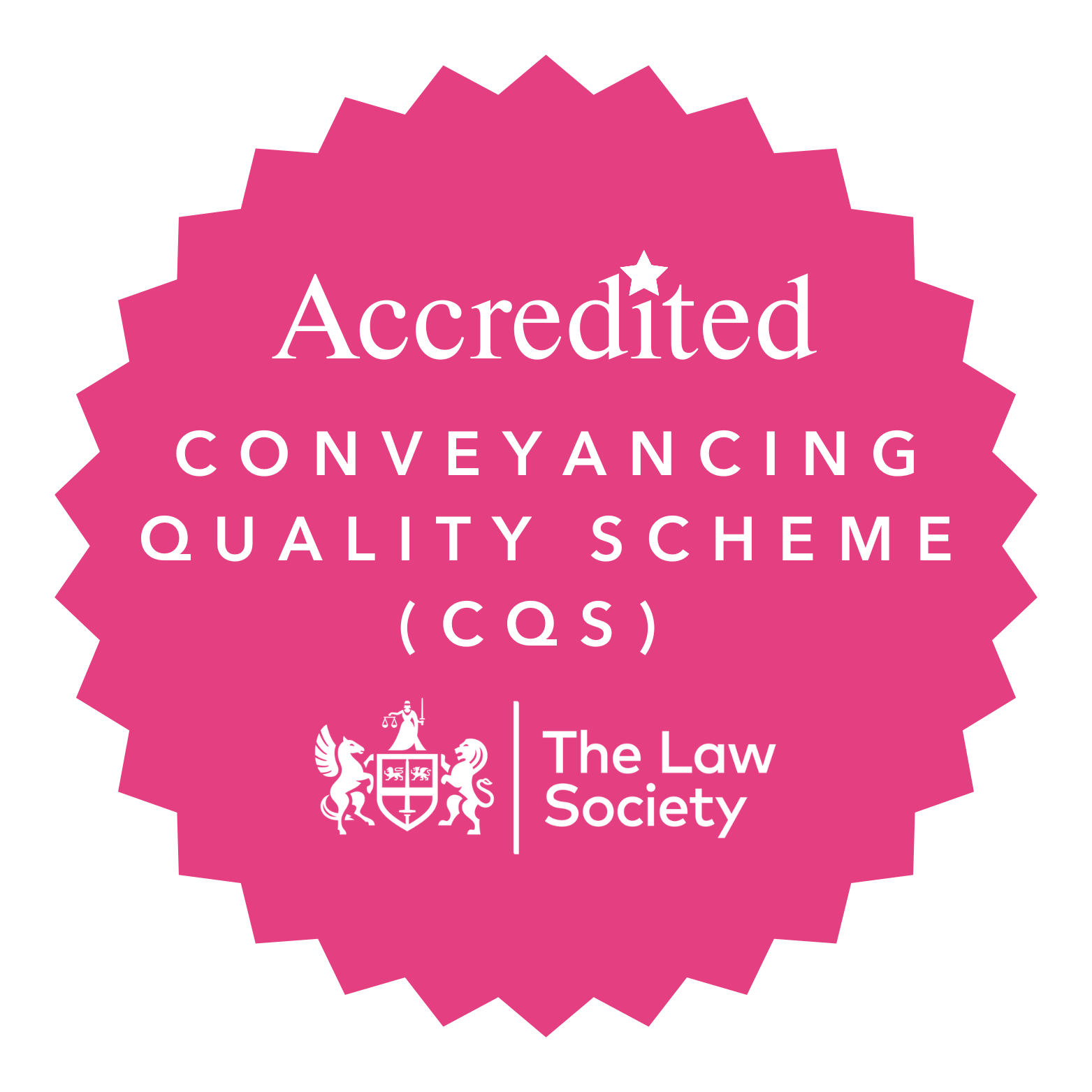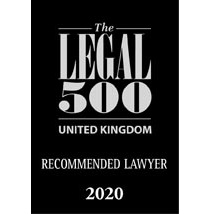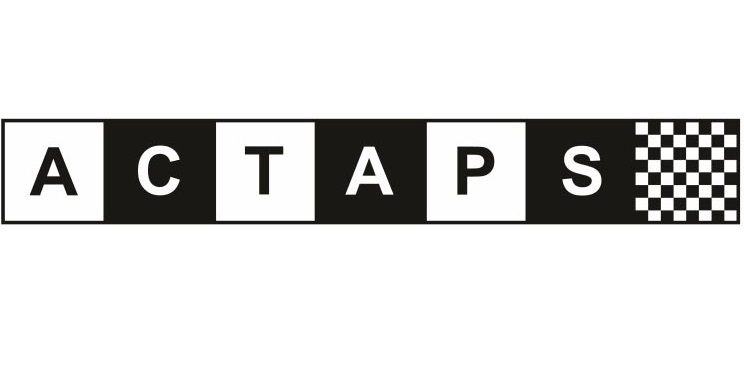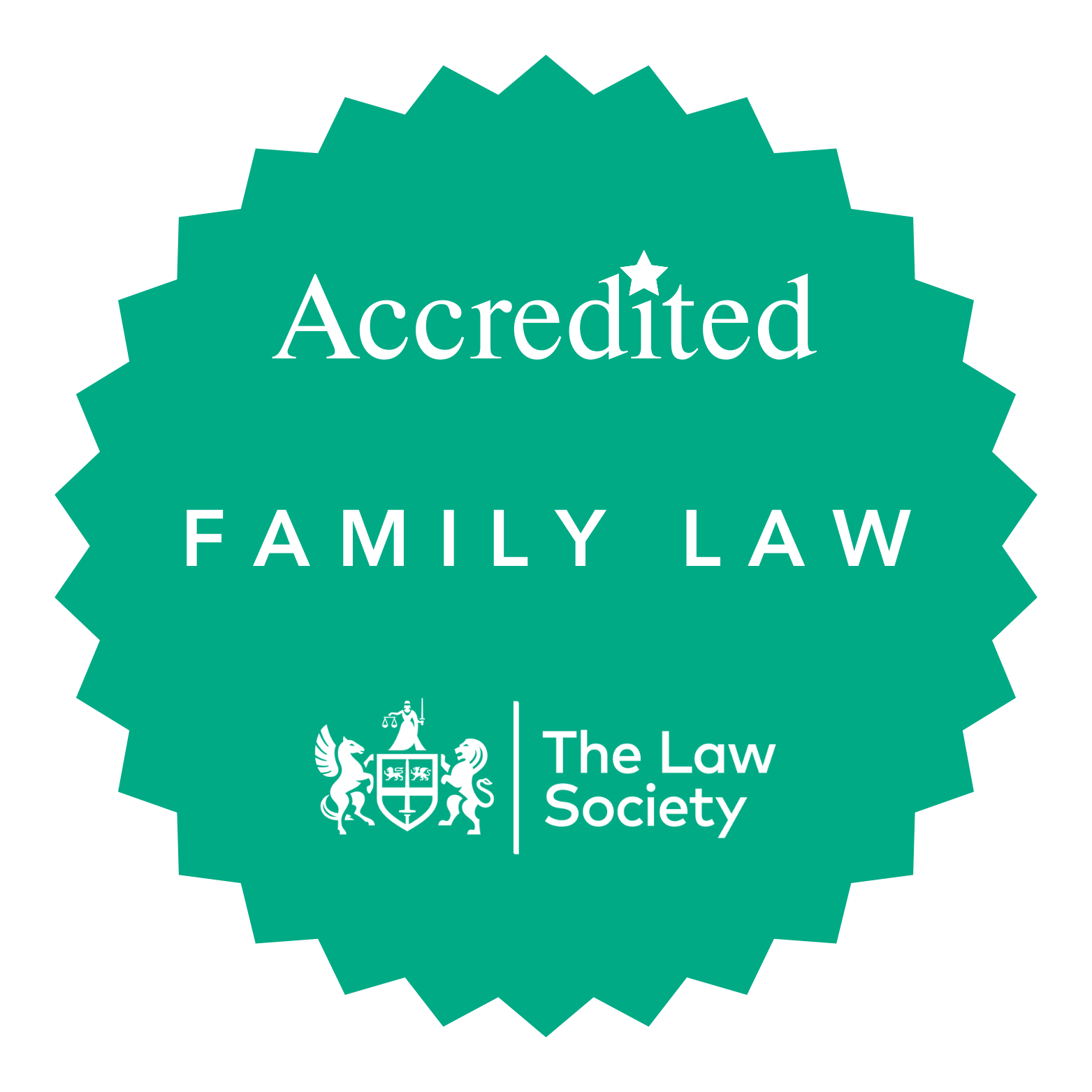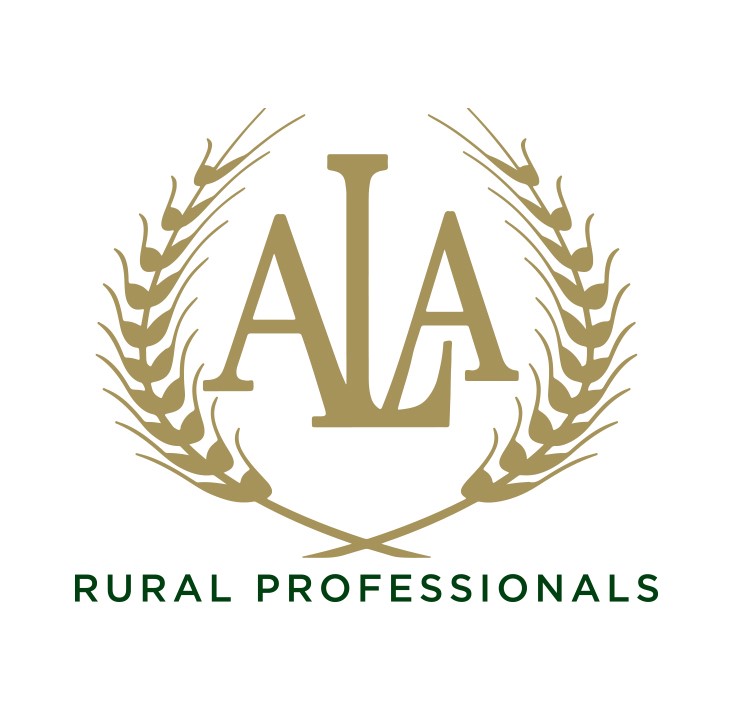Restrictive Covenants Explained
 When dealing with property transactions for my clients, I am regularly asked;
When dealing with property transactions for my clients, I am regularly asked;
“it is my property… why am I not allowed to erect a shed in my garden or keep a caravan on my drive without seeking the original developer’s consent?”
I can understand why people would ask, because I had similar thoughts when I bought my first house. I was aware however, how important it is to comply with any restrictive covenants as well as the consequences I could face if I did “break the rules”.
My property is on an estate of over 100 homes and each property on the estate is subject to certain restrictive covenants which include… not to erect a satellite dish on the front of the property … not to keep poultry on the property … not to park a caravan or motor home within the boundaries of the property … not to make any structural alteration to the property without the prior written consent of the Developer… as well as many others.
Restrictive covenants are put in place with good intentions, they are designed to protect the aesthetic appearance of the estate as a whole and create a sense of uniformity and clarity. The developer has invested time and money to create homes that will be sold and bought multiple times over. The idea behind placing restrictive covenants is that attractive homes on attractive estates will attract buyers.
When you buy a property which has been registered at HM Land Registry, you are given a copy of your title information document. This may or may not refer to other documents, such as “Transfer of Part of Registered Title” or “Conveyance Deed” to give some examples. These documents will comprise your deeds, and some of these could contain restrictive covenants. Although these documents are not physically attached to the title information document, any document referred to in the title information document should always be kept with and read in conjunction with the title information document.
If you are considering making any alterations to your property, it is sensible to check your deeds and make sure that you do not require consent from the developers. Please be aware that restrictive covenant consent is not the same as consent of the Council. You may also need to get planning permission or Building Regulations Consent from the relevant Local Authority.
Many homeowners have breached a restrictive covenant in some way. If you are concerned that you have, one of your options is to write to the enforcer of the covenant (in many cases the developer) and ask them for retrospective consent. Alternatively, you could take out restrictive covenant indemnity insurance to cover the costs of any legal proceedings in case the developer takes you to Court for non-compliance.
In situations where a restrictive covenant has been breached for a long period of time, it is worth noting that the precedent set by Hepworth v Pickles [1900] states that when a restrictive covenant has been openly and uninterruptedly broken for over 20 years, it will be presumed that a waiver or release of such covenant has been granted.
If you are concerned that you are in breach of a restrictive covenant or want to alter your property in ways that could be in breach of a restrictive covenant, I strongly recommend seeking legal advice. Fraser Dawbarns provide clear and practical advice on all aspects of property transactions including on restrictive covenants.
Find out more about buying property here.
Find out more about our full range of conveyancing services here.
Related Articles
Recommended By The Legal 500 Directory*
*We are recommended for the following practice areas: Corporate and Commercial, Debt Recovery, Employment, Personal Injury: Claimant, Agriculture and Estates, Contentious Trusts and Probate, Family, Personal Tax, Trusts and Probate & Commercial Property.
ServicesContact




